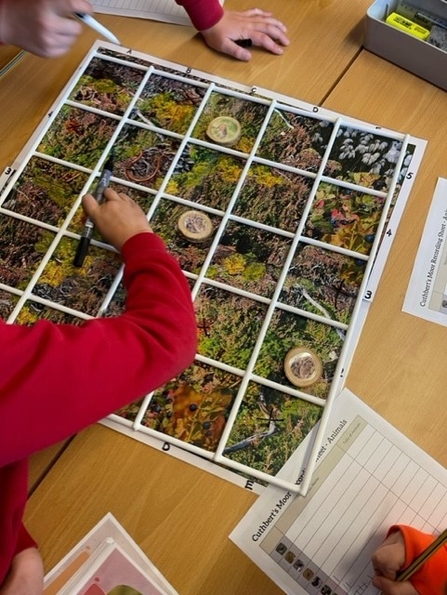Cuthbert’s Moor, a 121-hectare upland moorland, represents a remarkable milestone as Durham Wildlife Trust's 50th nature reserve. This precious expanse of land, once dedicated to grouse management, now stands as a testament to the Trust's commitment to conservation. Nestled within the North Pennines Area of Outstanding Natural Beauty (AONB), Cuthbert’s Moor is within the Teesdale Allotments Site of Special Scientific Interest (SSSI), a designation of national significance.
Managing Moors: Project Overview
The Managing Moors Project is an initial 12-month project that is a beacon of hope for both wildlife and nature enthusiasts. Funded by the ScottishPower Foundation and The Linder Foundation, this initiative has been making strides in restoring the moor's unique ecosystem and engaging the local communities with the reserve. Our mission is to not only conserve its existing wildlife but to nurture its prospects. Thanks to the dedicated efforts of our team, and partnerships with organisations like the North Pennines Area of Outstanding Natural Beauty (AONB) Peatland Partnership, the project is now well underway.
Wildlife Wonderland
One of the most exciting aspects of the project is the discovery of the vibrant birdlife that calls Cuthbert's Moor home. curlew, golden plover, meadow pipit, cuckoo, short-eared owl, and black grouse may not be familiar to all, but their presence underscores the importance of this site for birds. Along with our feathered friends we have discovered adder, common lizard and several invertebrates including the small copper butterfly and moss carda bee.




